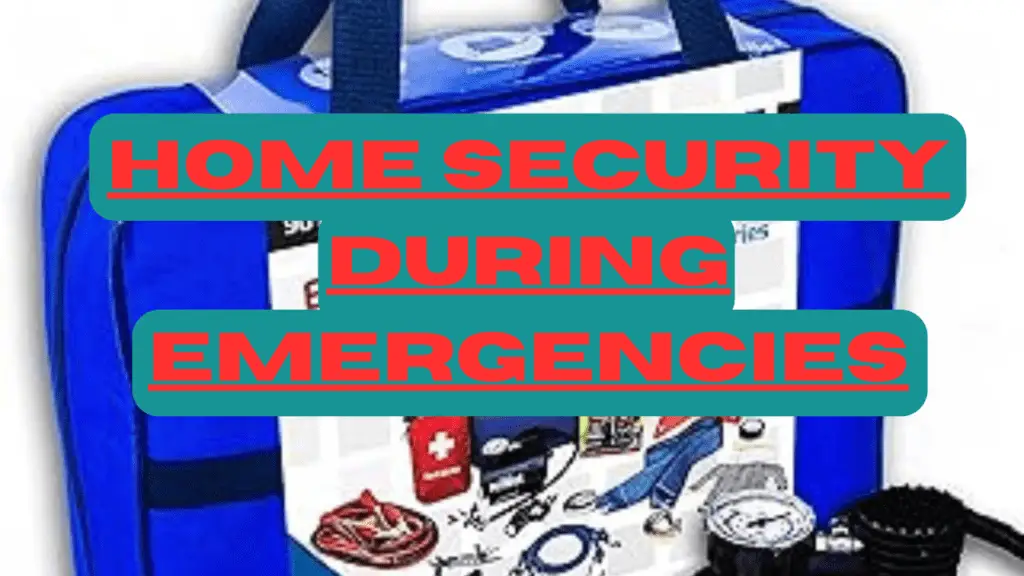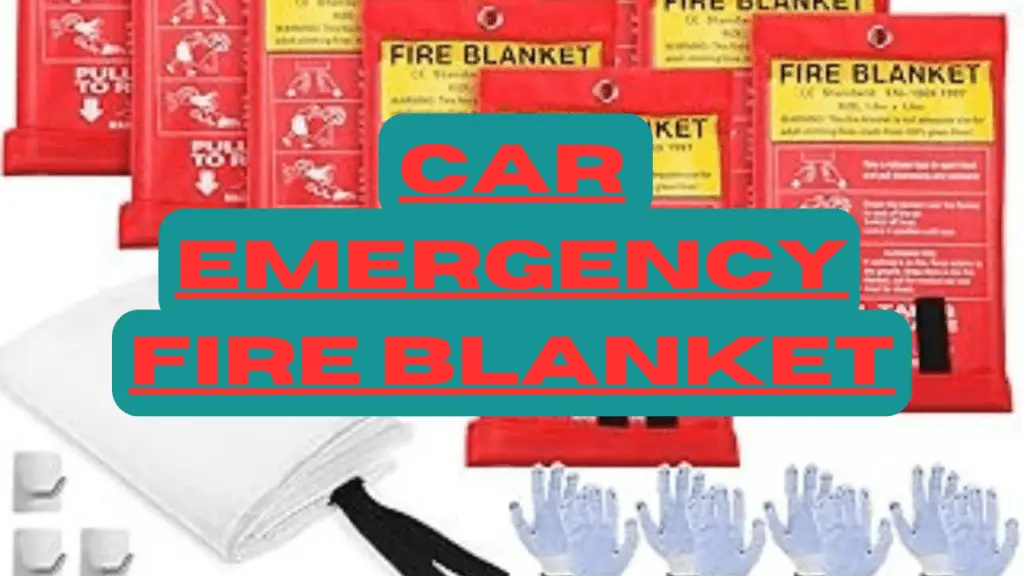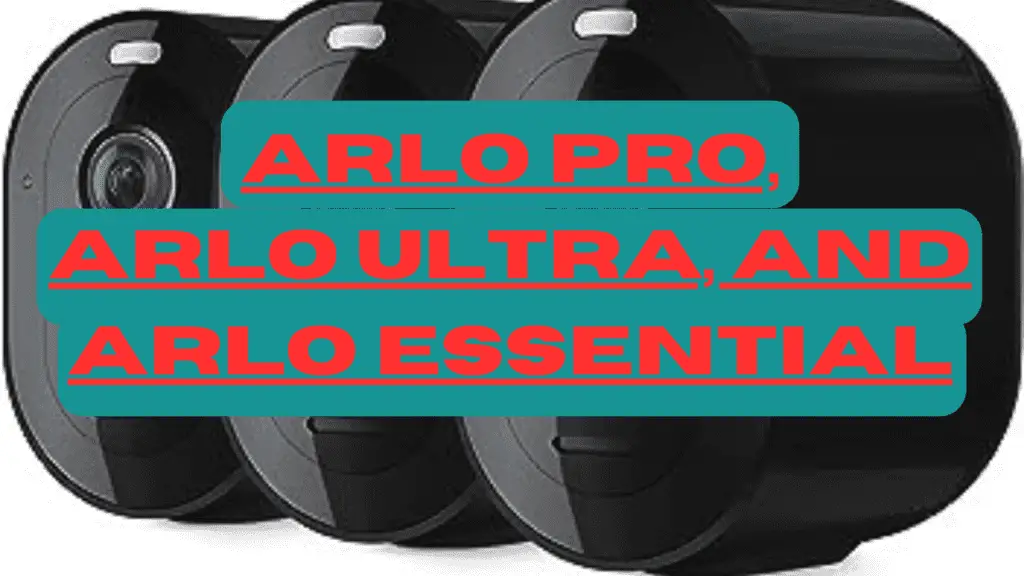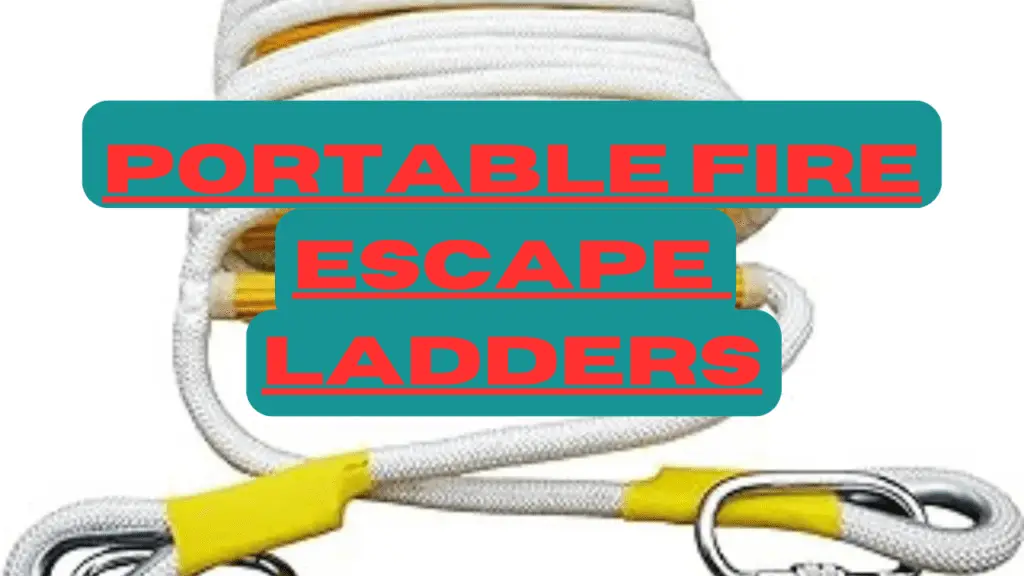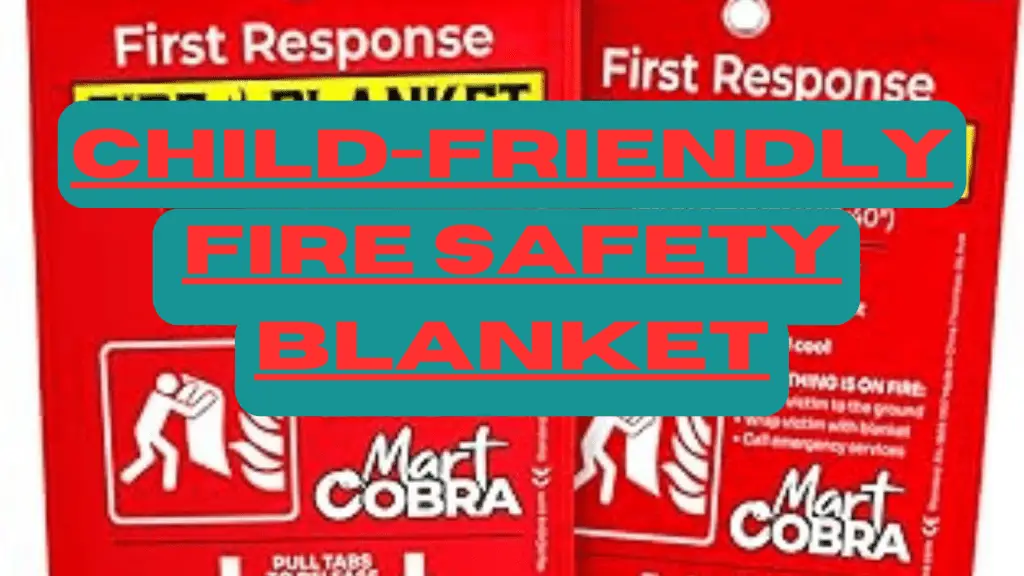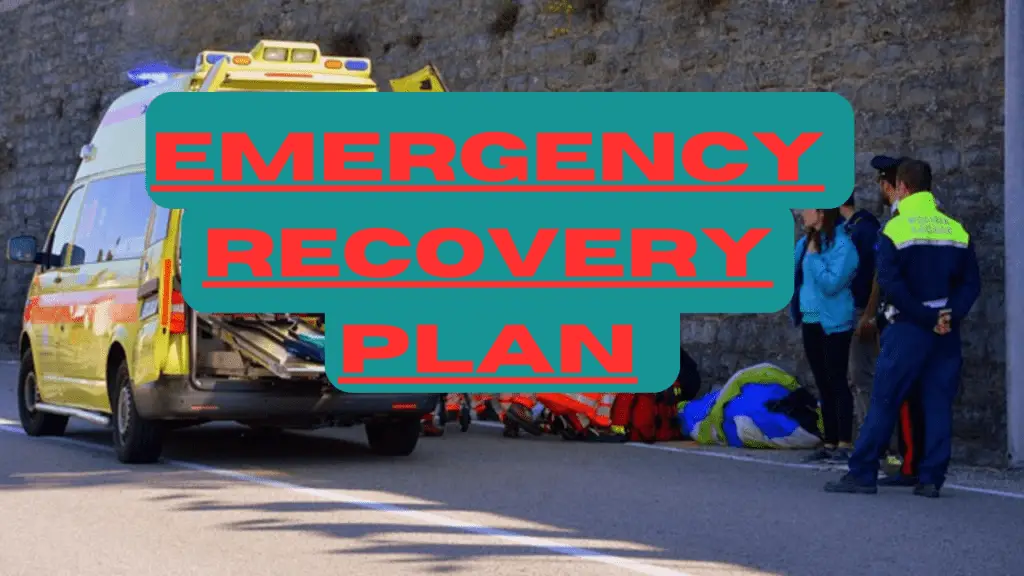2024 Home Safety Awareness: How to Identify and Prevent Common Home Hazards
Home Safety Awareness: Home injuries are a common and serious problem that can affect anyone, regardless of age, gender, or lifestyle.
According to the World Health Organization, more than 3.9 million people die each year from home injuries, and millions more suffer from nonfatal injuries that can cause disability, pain, and reduced quality of life
This article will explore the most common home hazards and how to prevent them by implementing simple and effective measures. By following these tips, you can create a safer home environment for yourself and your loved ones and enjoy the comfort and security of your home without worry.
How to Identify and Prevent Common Home Hazards
1. Falls
Falls are the most frequent and fatal type of home injury, accounting for about 40% of all home injury deaths and 10% of all nonfatal home injuries. Falls can happen anywhere in the home, but they are more likely to occur on stairs, bathrooms, bedrooms, and living rooms. Falls can cause various injuries, such as fractures, sprains, bruises, head trauma, and spinal cord damage.
Falls are a particular concern for children and seniors, who are more vulnerable to falling and sustaining serious injuries. Children may fall due to curiosity, lack of coordination, or inadequate supervision. Seniors may fall due to reduced vision, balance, strength, or mobility.
To prevent falls at home:
- Keep the floors dry and clear of clutter, such as toys, shoes, cords, or rugs.
- Use sturdy step stools and handrails when reaching for high places.
- Install nonslip mats and grab bars in bathrooms.
- Secure rugs and cords to avoid tripping hazards.
- Light up stairways and hallways and use nightlights in bedrooms and bathrooms.
2. Burns and Scalds
Burns and scalds are frequent and painful home injuries, mostly in the kitchen. Burns are caused by dry heat, such as fire, hot metal, or electricity. Scalds are caused by wet heat, such as steam, hot water, or oil. Burns and scalds can damage the skin, muscles, nerves, and blood vessels, leading to infections, scarring, or disfigurement. Burns and scalds can also affect the respiratory system if the person inhales smoke or hot air.
Burns and scalds are more common and severe in children and seniors with thinner and more sensitive skin. Children may get burned by touching hot surfaces, liquids, or appliances or playing matches. Seniors may get burned by spilling hot drinks, food, or water or using faulty or overheated appliances.
To prevent burns and scalds at home:
- Use oven mitts and pot holders when handling hot pots, pans, dishes, or utensils.
- Turn pot handles away from the stove edge, and use back burners to prevent children or pets from reaching or knocking them over.
- Keep hot liquids and foods away from children and pets, and avoid carrying them while holding a child.
- Set the water heater temperature to 120°F or lower, and test the water temperature before bathing.
- Keep matches, lighters, and candles out of reach and sight of children, and never leave them unattended.
3. Carbon Monoxide Poisoning
Carbon monoxide is a colorless, odorless, and tasteless gas produced by poorly ventilated appliances that burn fuel. Carbon monoxide can build up in enclosed and cause poisoning if inhaled and can cause symptoms such as headache, nausea, dizziness, confusion, and death. The poisoning is more dangerous for people with chronic health conditions.
To prevent carbon monoxide poisoning at home:
- Install carbon monoxide detectors on every level of your home and test them regularly to ensure they are working properly. Replace the batteries at least once a year.
- Have a professional inspect and service your heating system and other fuel-burning appliances annually. Make sure they are properly vented and maintained.
- Never use a generator, grill, or camp stove inside your home. Keep them at least 20 feet from windows, doors, and vents.
- If you suspect carbon monoxide exposure, open windows and doors and seek medical attention immediately.

4. Choking and Suffocation
Choking and suffocation are fatal home injuries for infants. Choking occurs when a foreign object blocks the airway and prevents breathing. Choking and suffocation can cause brain damage or death within minutes.
To prevent choking and suffocation at home:
- Cut food into small pieces and avoid hard, sticky, or round foods for young children and encourage children to chew well and sit while eating.
- Keep small objects and choking hazards out of reach and sight of children, such as coins, buttons, magnets, batteries, or jewelry.
- Keep plastic bags, cords, and loose bedding away from cribs and play areas. Use a firm mattress and fitted sheet for your baby’s crib. Avoid pillows, blankets, bumpers, or stuffed animals that could suffocate your baby.
- Learn how to perform the Heimlich maneuver and CPR for children and adults. Teach your family and caregivers how to do it as well. Call 911 if someone is suffocating and cannot breathe.
5. Drowning
Drowning is not only a risk in outdoor water, but also in the home. Most drownings of babies under one year old happen in bathtubs.
To prevent drowning, follow these tips:
- Store buckets away from water and keep them empty.
- Never leave a child alone in the bathtub and close the toilet lid.
- Secure your pool with a fence, a lock, and alarms like the Poolguard DAPT-2 Gate Alarm. You can also use a DIY home security system like SimpliSafe to get alerts on your phone if someone enters the pool area.
- Always have pool safety equipment like a drowning hook and a life buoy. Supervise children closely when swimming and do not allow running or rough play on the pool deck.
- Learn how to recognize drowning and CPR from your local Red Cross. Drowning may not look obvious, so you need to act fast if your child goes underwater.
Also Read: Swimming and Water Safety Guides.
7. Strangling
Window cords are a silent and deadly hazard for young children and infants. To make your home safer, follow these tips:
- Keep window and electrical cords out of reach. Don’t put cribs or beds under windows with cords. Store extension cords when not in use.
- Trim cords to a length that only adults can reach. Or, get rid of cords altogether and use cordless window treatments.
- If you can’t change your window coverings, use blind cord wraps to keep cords away from children.
Home Safety Awareness: How to teach your children about safety
Teaching your children about home safety awareness early and keeping an open dialogue about safe and unsafe situations and behaviors is important.
Depending on their age and maturity level, different ways to teach your children about home safety awareness exist.
Here are some general tips that you can adapt to your specific needs and circumstances:
- Use age-appropriate language and examples to explain the common home hazards and their consequences.
- Show your children how to prevent these hazards by implementing simple and effective measures using oven mitts and pot holders, storing chemicals and medicines out of reach, and installing smoke alarms and fire extinguishers.
- Involve your children in home safety routines and practicing fire escape plans.
- Make home safety fun and engaging by using games, stories, songs, or videos illustrating safety concepts and skills.
- You can also use positive reinforcement and rewards to encourage your children to follow safety rules and habits.
- Supervise your children closely and monitor their activities and surroundings. Set clear boundaries and expectations for what they can and cannot do at home. Teach them to ask for help or permission before doing something risky or unfamiliar.
- Educate your children on how to call the emergency services and what to do in an emergency. Provide them with important contact information. Teach them how to recognize and respond to a dangerous situation, such as a fire, a gas leak, or a stranger at the door.
What are some steps you need to take to reduce household hazards?
Household hazards are potential sources of harm or injury in your home. They can cause accidents, illnesses, or even death. To reduce household hazards, you need to identify and eliminate or minimize the risks. Here are some general steps you can take to make your home safer:
1. Conduct a home safety audit
Walk around your home and look for hazards like loose wires, slippery floors, sharp objects, or flammable materials. Use a checklist to help you cover all the areas and items in your home.
2. Implement fire safety measures
To prevent fire, install and maintain smoke alarms, keep fire extinguishers and blankets handy, avoid overloading electrical outlets, and practice safe cooking and heating habits have a fire escape plan and practice it regularly with your family.



3. Prevent falls and injuries
To prevent falls, keep the floors dry and clear of clutter, secure rugs and mats, use safety gates and handrails on stairs, and install grab bars and non-slip mats in bathrooms. Check and repair any loose or broken furniture, fixtures, or appliances.
4. Store and dispose of chemicals and medications safely
Chemicals and medications can be poisonous if swallowed, inhaled, or absorbed through the skin. To prevent poisoning, store and dispose of chemicals and medications safely. Keep them out of reach and sight of children and pets, use child-resistant containers and locks, and follow the instructions and warnings on the labels. Never mix or reuse different chemicals or medications; dispose of them properly according to local regulations. You can find more information on how to prevent poisoning in the home
Conclusion
We have learned about the most common home hazards, such as falls, burns, poisonings, electrical injuries, fire-related injuries, carbon monoxide poisoning, choking, and suffocation, and how to prevent them by following simple and effective tips.
Home safety awareness is vital for creating a safer and more comfortable home environment for yourself and your loved ones. By being aware of the potential risks and taking action to reduce them, you can avoid or minimize the chances of accidents and injuries at home. We hope you found this information useful and helpful. Remember, home safety is not a one-time task but a continuous practice. Stay safe and secure at home!




